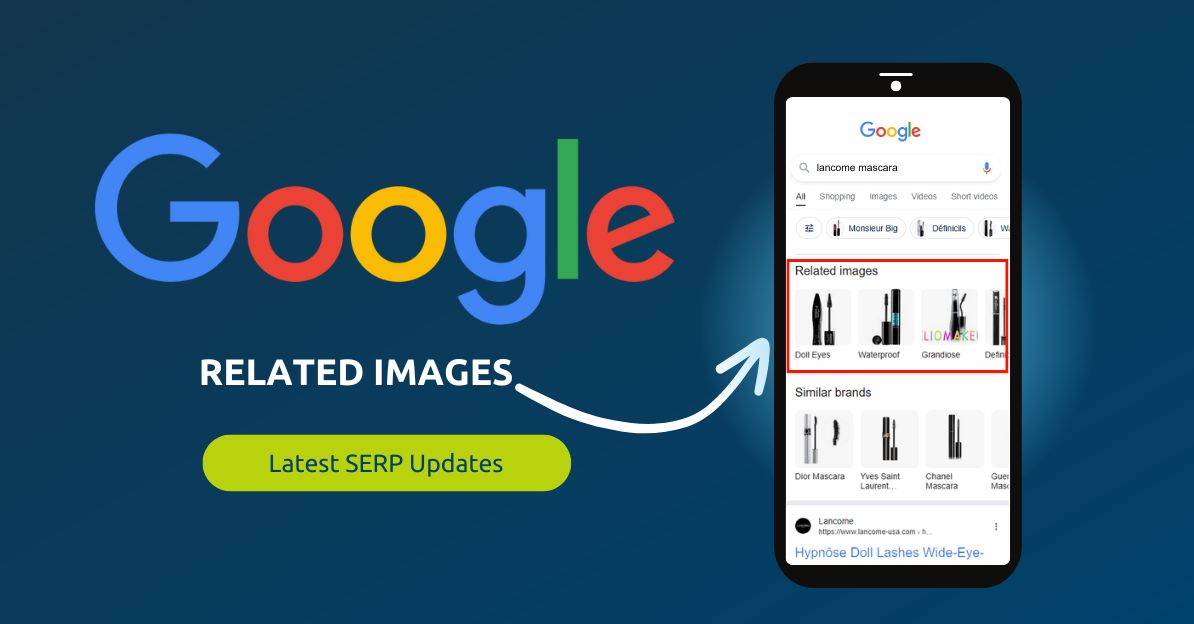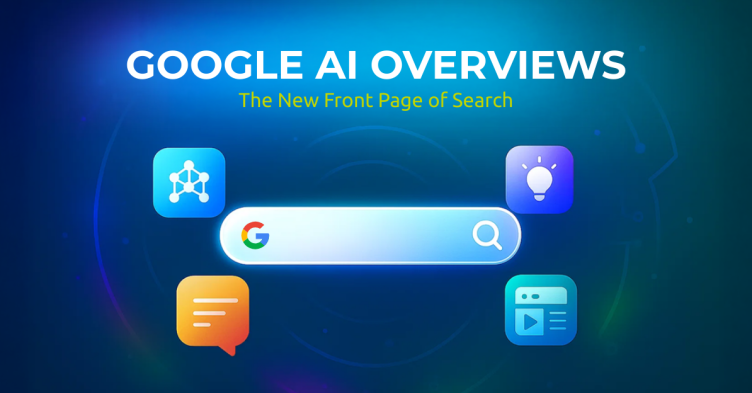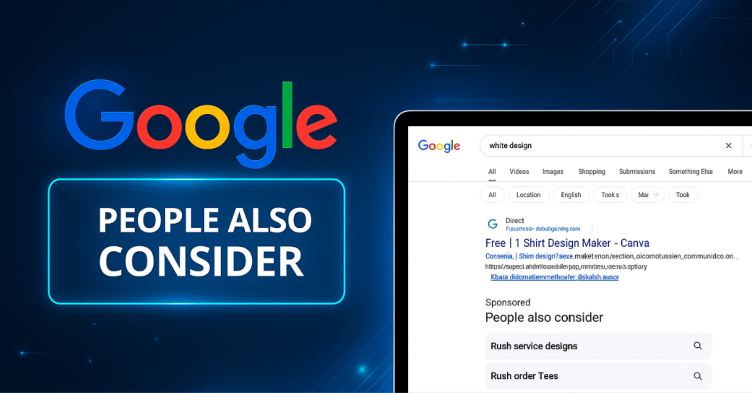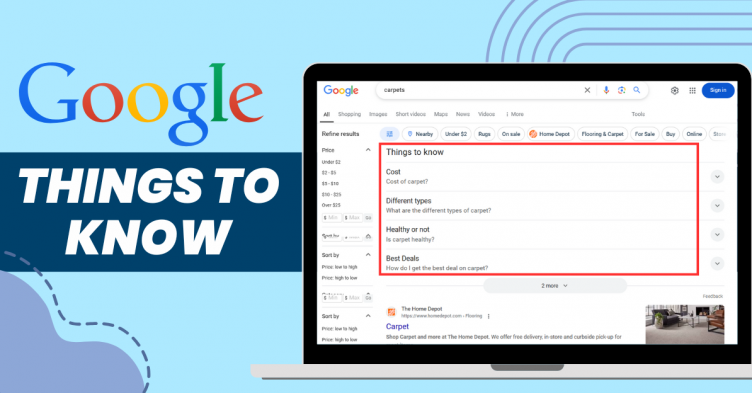As search behavior shifts toward visual content, Google has introduced the “Related Images” feature in its SERP (Search Engine Results Page) to enhance the user experience by offering additional visual context. This SERP feature allows users to explore more relevant imagery related to their queries.
GrowByData regularly monitors SERPs in the process of finding new SERP features in Google. In this blog, we’ll examine how “Related Images” work and how businesses can leverage it to boost their search visibility and engagement.
Understanding “Related Images”
Google’s Related Images is a visual carousel that appears below image search results. It provides users with additional relevant imagery related to their queries, allowing them to explore visual content more broadly without the need for new searches.
How it Works
The Related Images carousel displays a curated selection of images based on the user’s initial query. Google’s algorithm intelligently selects these images to help refine the search experience. For instance, if you’re searching for ‘Avis cars,’ the carousel might show options like SUVs, sedans, or even nearby rental locations. These clickable images lead to detailed web pages, making the feature particularly useful for product searches, travel, and visual discovery.
Key Benefits:
- Enhanced Visual Exploration: Users can explore a wider range of related content, from new products to different categories, enriching their search experience.
- Improved Engagement: Offering more visual options increases user interaction, encouraging longer engagement and higher chances of finding the right content.
- Boosted Visibility for Businesses: Appearing in the “Related Images” carousel enhances brand visibility, attracting more clicks and traffic.
- SEO & Content Impact: Optimizing images with high quality, descriptive alt text, and proper metadata improves a brand’s chances of being featured in the carousel and search results.
Placement and Accessibility
The Related Images carousel typically appears below the main image results on mobile devices, ensuring easy access and seamless integration with the user’s search experience.
Business Impact
As visual content continues to drive user engagement, optimizing for image search becomes increasingly crucial. The Related Images feature presents an opportunity for businesses to:
- Increase organic visibility
- Drive more targeted traffic
- Stay competitive in the evolving search landscape
Read More About Visual SERP Features:
- Google SERPs: Revolutionizing Visual Shopping with Short Videos
- Boost Brand Visibility with Google’s ‘Current Styles’ Feature for Fashion Retailers
- Best ways to optimize for top SERP Features
Conclusion
Google’s “Related Images” is transforming visual search by offering users more relevant options and giving businesses increased discovery opportunities. Brands that prioritize image optimization will gain visibility, improve SEO, and stay competitive as this feature grows in prominence. Investing in visual content now is key to attracting and engaging your target audience effectively.



